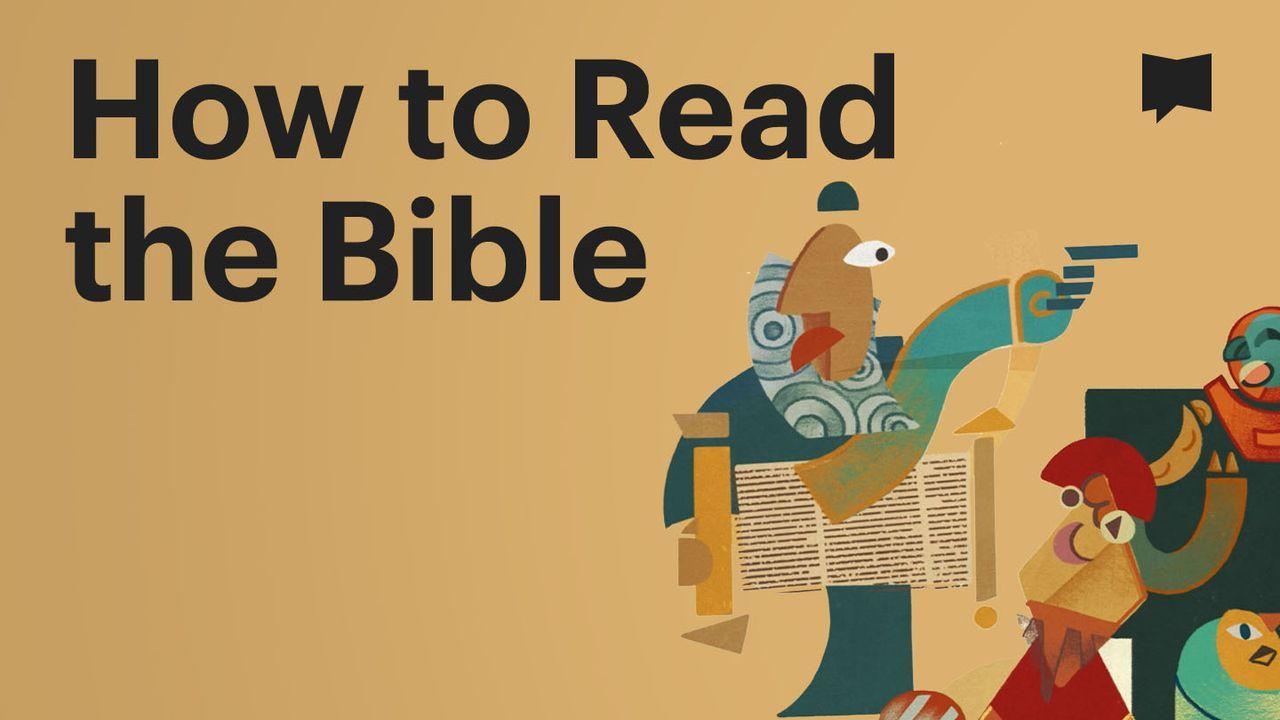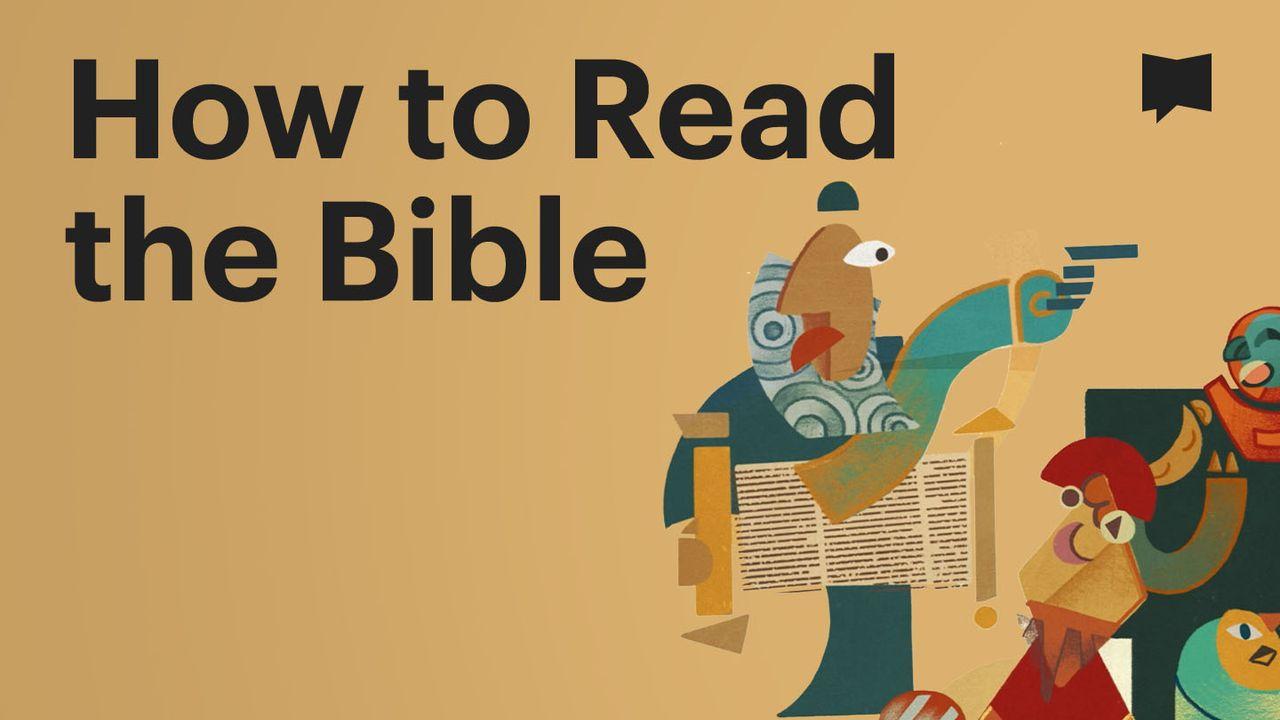Информација за планот
BibleProject | How to Read the BibleПримерок

Day 5: Plot in Biblical Narrative
Nearly half of the Bible is written in narrative. So in order to understand the Bible more fully, it’s important that we learn how to read this style of writing. With biblical narrative, we are not watching security footage of these ancient events. We’re reading an artistic, literary representation of the story of Israel. The goal isn’t just to tell us about something that happened, it’s also to discern the meaning of these events.
A key element in biblical narrative is the plot—the arrangement of characters and events to convey a message. The Bible uses plot embedding, meaning there are multi-layered biblical storylines.
Level 1: One overall storyline of the Bible.
Level 2: The multiple movements of that overall storyline.
Level 3: The hundreds of individual narratives that make up each of these movements.
All of these individual events are framed within a larger context that exists within an even larger context. All of this context gives these events deeper meaning. A single story’s meaning is only determined by the relationship of all its elements to the whole text.
How the authors frame the story and what details they choose to emphasize all help to convey what they are trying to communicate to the reader.
In today’s reading, pay attention to the plot of the story of Gideon. Notice how the short scenes, like Gideon and the fleece, are combined with other scenes to create a larger plotline. As you read, do your best to trace the conflict and resolution through the entire plot. How does this help you see the message the author is trying to get across?
In today’s video, we’ll explore these concepts and more.
Опис за овој план

The Bible is the most influential book in human history, but what is it exactly? This reading plan is designed to introduce you to the Bible and its unique design, various genres, and unified story.
Слични Планови

Ти имаш молитва!

Библија за деца

Отстапи го на Бога првото место

Што е вистинска љубов?

доверба - да веруваш на тоа што бог го кажува во неговото слово и да живееш во согласност со тоа божјо слово

божиќ о, дојдете да го прославиме!

Пет молитви на понизност

Твојата најдобра инвестиција!

Живеј со сила и храброст!
